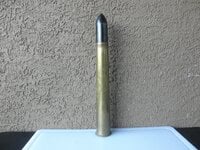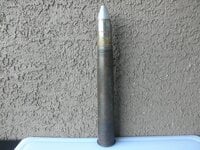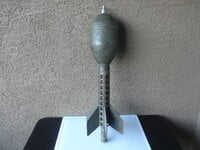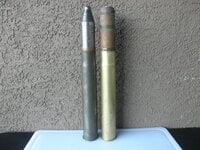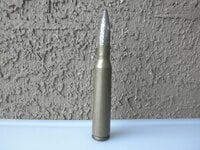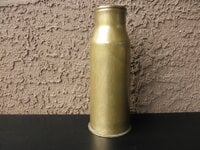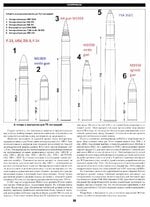yulzari
Tech Sergeant
When you make bigger better mortars they have a longer range so their support becomes able to cover beyond the regimental level and need to be allocated between more targets so need to be controlled by a higher level to make best use of them and incorporating them under artillery rather than infantry is logical. The next step is the infantry battalions see a need to retain an organic local area fire support and get 81mm mortars and the cycle repeats. The limit for the battalion level mortar is to be man portable by the crew. The same limitation as the Universal Carrier was built around, ie the load must be made of man portable items.Not all mortars were the same, The British 3in mortars were just about the worst. British troops loved using captured Italian mortars and using Italian bombs in British barrels, at least until the barrels bulged and base plates bent. Just because they were making a better mortar and bomb in the early 30s than they did in 1918 doesn't mean they should have stopped improving things.
When the Italians have more mortars per battalion and they almost out range the British 3in by about 2 to 1 it means the British need to something else to counter the Italian mortars. Like 25pdr guns.
If you look at the American 81mm mortar on the naval mount it could be either drop fired or trigger fired, but it had to be muzzle loaded ( tip barrel up to at least 30 degrees and drop bomb in the muzzle). You can figure out how to breech load it and you can load at less than 30 degrees but something is going to go up and not just cost.
People knew about bigger mortars. They just weren't quite sure what to do with them. They started needing a lot more transport. With the size of the crews and size of the truck needed and the size/amount of transport needed some armies figured that they should spend the money on artillery. Or at least use large mortars to to equip artillery units and not try to foist them off on the infantry.
One reason the British loved their 2 inch mortars was that they stayed with the infantry and no one was going to group them in a higher formation, so the platoon always had indirect fire support and the troops got very skilled with them even with just a painted white line and eyeball judgement to aim them.
Thus we saw three classes. The 2 inch that can be carried complete by one man, the 3 inch that can be broken down into man portable sections and the 4.2inch which has to be carried into position by a vehicle. Or 61, 81 & 120mm if you prefer.

